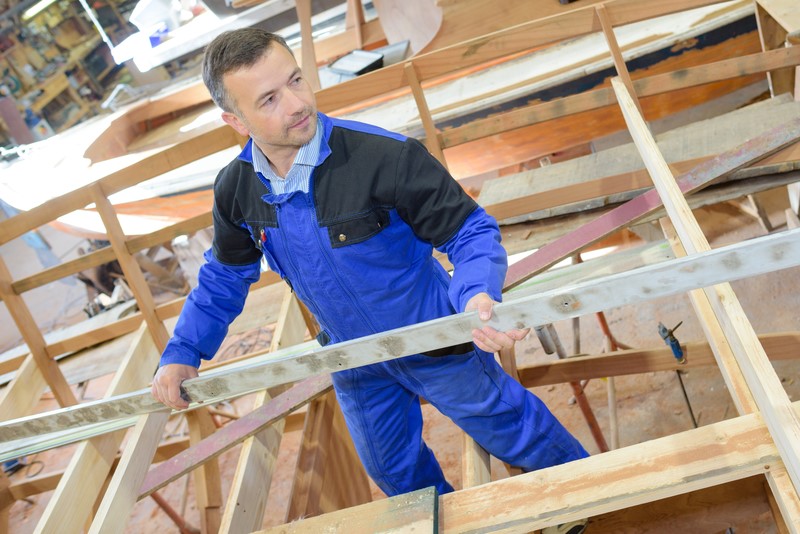Timber frame is the fastest paced sector in the UK housebuilding market and is going from strength to strength in 2018, according to a new report by MTW Research
The research, based on 80% of the timber frame market, found that construction of timber buildings is set to top 60,000 units in 2018 with orders exceeding £700m in value, whilst Brexit continues to alter the structure of the market.
The 230-page report depicts a tale of 2 markets, with timber housebuilding gaining further share whilst commercial timber construction experiences more challenging trading conditions, though forecasts are positive for most key end-use sectors.
Discussing the findings, MTW’s director Mark Waddy said: “The Government’s home building fund is set to generate 150,000 new homes from SME housebuilders, with timber frame playing a very significant part in this growth. This initiative, coupled with a rapid rise in overall housebuilding has dampened housebuilders’ purchasing power, underpinning the timber frame market’s profitability to some extent.”
The research indicates that timber will reach a critical mass in the next few years, with the technology increasingly being regarded as ‘mass-market’, rather than ‘the other option’. The market has experienced profit growth in 2018 with timber frame homes accounting for almost one-third of the home building market in the next few years according to MTW’s forecasts, despite some uncertainties in the housing market recently.
Whilst the timber frame market strengthens, the report also identifies a number of threats. One example is the exposure to the risk of a slowdown in housebuilding growth impacting on profitability for the timber fame market. This is likely to result in a growing number of mergers and acquisitions in the next few years according to MTW. Vertical integration with housebuilders and distributors coupled with acquisitive share growth by timber frame suppliers may become increasingly important in 2018 and 2019.
Commenting on this trend, Waddy said: “The purchase of Scotframe by Saint Gobain in 2017, suggesting that key players may increasingly seek to accelerate growth and protect margins through economies of scale and vertical integration; in what may be an uncertain economy over the next few years.”
The report also reviews the public sector housebuilding market, of which timber frame usually accounts for a larger share of housebuilding. In 1981, one social housing unit was available for every nine UK inhabitants, in 2018 this has declined to one social dwelling for every fourteen people – a 26% decline. According to MTW, the lack of sustained investment in new build social housing has dampened timber frame growth more recently, but represents a substantial future growth opportunity for timber frame suppliers when, or if, the Government addresses this decline.
The report reviews market share by open panel timber frame, closed panel, SIPs, post and beam and volumetric, finding that whilst each sector has distinct characteristics, growth continues to outpace inflation for most products despite Brexit.
However, raw material pricing pressure for some timber frame sectors are likely to impact the market in 2018 as inflation rises and the impact of Brexit continues to reverberate across the industry.
The 2018 Timber Frame Market report is available from MTW Research’s website www.marketresearchreports.co.uk for £595 or by calling 08456 524324.

















